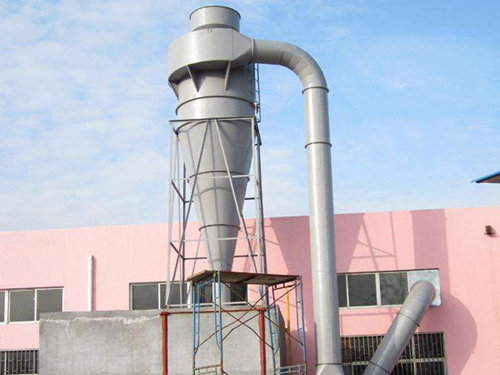SURVIVAL THROUGH QUALITY
PRODUCT CENTER
-
Pulse dust collector
-
Mine dust collector
-
Boiler dust collector
-
Metallurgical dust collector
-
Carbon plant dust collector
-
Chemical dust collector
-
Rubber dust collector
-
Woodworking dust collector
-
Single machine dust collector
-
Static electricity Dust collector
-
Cyclone dust collector
-
Wet dust collector
-
Filter cartridge dust collector
-
Insert valve (gate valve)
-
Ventilation butterfly valve (cold air valve)
-
Spiral conveyor (auger)
-
Scraper conveyor
-
Dust humidifier
-
Bucket elevator
-
Ash discharge valve
-
Material Handling Equipment
-
Wet scrubber
-
Dust collector
-
Dust removal filter bag
-
Dust removal bag cage
-
Polishing platform
-
Waste gas treatment equipment
-
Electric control cabinet
-
Fan
-
Smoke welding machine
-
Liquid level switch
-
Dust removal filter element
-
Aeration cushion
-
Sweeper
-
Dust suppression device
-
Solenoid valve

Woodworking cyclone dust collector
The woodworking cyclone dust collector mainly consists of an ash hopper, a filter chamber, a clean air chamber, a bracket, a lifting valve, a spray cleaning device, and other parts. During work, dusty gases enter the ash hopper through the air duct. Large particles of dust directly fall into the bottom of the ash hopper, while smaller particles enter the filter chamber with the airflow turning upwards and are trapped on the outer surface of the filter bag. Purified flue gas enters the bag and enters the outlet through the bag mouth and air purification chamber, where it is discharged through the exhaust outlet.
The woodworking cyclone dust collector has a simple and compact structure, low steel consumption, and higher capture capacity compared to heavier and lighter fibrous dust, such as sawdust, shavings, asbestos powder, tobacco, etc.
In order to meet the increasingly strict requirements of labor protection, environmental protection, and product processing accuracy, woodworking manufacturing enterprises treat the dust generated during the production process. The large amount of fine dust and sawdust generated in the production process of woodworking manufacturing not only adhere to the surface of equipment and workpieces, affecting the processing quality, causing workpiece scrapping or frequent equipment failures, but also polluting the working environment, leading to silicosis. Therefore, the ventilation and exchange of air in the workshop are carried out to timely remove the generated dust and purify the dusty air to maintain the cleanliness of the equipment and workpiece surfaces.
The principle of woodworking cyclone dust collector: The woodworking cyclone dust collector has a separation efficiency of up to, low resistance, novel structure, small external dimensions, large processing air volume, light weight, and separation characteristics for dusty airflow containing mixed debris such as wood blocks. The woodworking cyclone dust collector has a simple and compact structure, low steel consumption, and higher capture capacity compared to heavier and lighter fibrous dust, such as sawdust, shavings, asbestos powder, tobacco, etc.
Technical characteristics of woodworking cyclone dust collector:
1. Dust removal. For purifying gases with a liquid concentration of less than 10 different/m3 containing dust, the dust removal efficiency can reach 90%, suitable for continuous and high liquid concentration dust (inlet liquid concentration can reach up to 60 different).
2. Press down on the intake preset to overcome secondary dust. Suitable handling of ultra-fine dust and low-density dust environments, coupled with the use of high-performance filter media, can ensure stable operation of the dust collector; The energy consumption is reduced by 30% compared to traditional bag filters, and the equipment can operate stably.
3. The filter material has a horizontal insertion structure with a clean surface, and the bag can be changed horizontally to meet the indoor installation requirements of low floors; Compact structure, reducing space by 30% compared to traditional products; Due to the acceptance of pulse spraying for dust cleaning, the filtration speed of the filter material in the same application environment is more than three times higher than that of the reverse blowing dust cleaning method, thereby reducing the filter material area and avoiding the situation of complex equipment and high investment and occupying a large area.
4. The key electromechanical components of the equipment are sourced from Australia. Like pulse meters and programmable controllers, with a working cycle of over 1 million times, the dust removal system operates stably; Using filter media with good breathability and anti sticking treatment, the resistance of the dust collector is reduced by 20% to 30% compared to other methods. Under normal use, the service life can reach more than 3 years.

